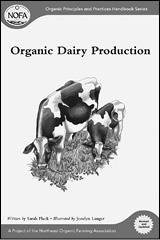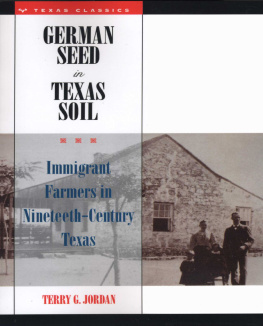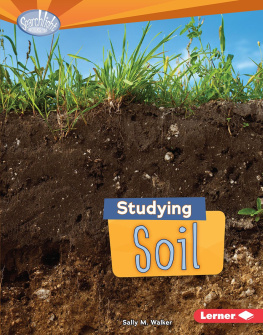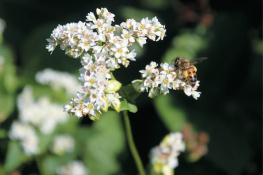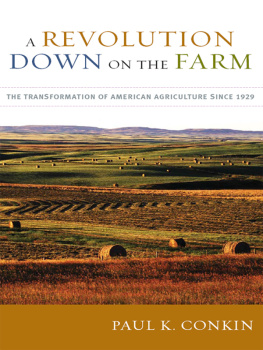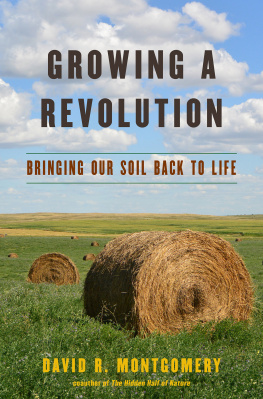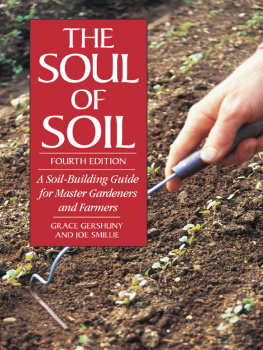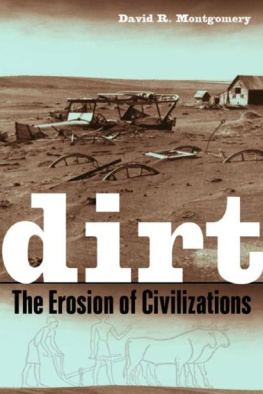I have no rubber boots. As we stand in the commuter parking lot at the intersection of Route 8 and Route 118 in Litchfield County, Richard Meinert regards my shoes. Meinert is an expert in animal manure at the University of Connecticuts Cooperative Extension Service, employed to advise farmers on matters of soil fertility and waste disposal, but his only concern at this moment is my getting soaked to the socks in filth. We take off for the center of town in his truck, talking phosphorus and sandy loams. Phosphorus is one of the nutrient elements essential for plant growth, and when farmers run out of it they buy it from quarries in Florida. After corn rich in Florida phosphorus rises on the Illinois prairie, it is sold to New England dairy farmers, who feed it to their Holsteins. The cows void what they cant use. Now at least three times displaced, the phosphorus is discharged into the watershed of the Connecticut River Valley, where it leaches through grainy tilth to foul streams and groundwater. There are all sorts of overlapping cycles linking agriculture to the rest of nature, not all of them beneficial. Soil fertility now depends on far-flung networks and can be implicated in the debasement of ecological systems, but this was not always so. The renewal of nutrient elements once took place within individual farms, conducted through an elegant orchestration of soils, plants, and animals.
We are driving through northwestern Connecticut, a kind of basin and range in which timothy meadow is punctuated by forested basaltic rock ridges. This is a working countryside, with the striking presence of a place more distant than a mere forty miles from Hartford. Hundreds of millions of urban and suburban consumers on the other end of the farm economy have no idea that without people like Richard Meinert the technological food chain that keeps them alive would disintegrate, and he is always reminded of it. Ive listened to parents talk to their kids at fairs and tell them, We dont eat those cows, we eat the cows that come from the grocery store. Who better than a manure expert to measure the gulf of incomprehension between shopping cart and pasture? Kids today, he said, they think that chocolate milk comes from brown cows. Ive been feeling a little out of touch myself. Months of reading and writing about the ecological ideas implicit in old American husbandry have left me without a tactile sense of the world I want to depict. I have been consulting with Richard Meinert on and off for a number of months about how farmers and planters just after the American Revolution might have gone about the more earthy tasks they almost never wrote about. To make sense of what I only knew from documents, I asked for a ground check, and the good-natured expert agreed to take me along on two farm visits.
We turn off the two-lane highway and onto the gravel drive of Michael Keiltys farm. The proprietor is there to greet us and immediately shows us a shed with dried medicinal plants and herbs for sale. We are all testing for rapport, and although he doesnt say so, Keilty clearly wants to know what I have come so far to see. I thank him for the lesson in botany and ask to see the barn. Keilty has a salt-and-pepper beard, and hes comfortable and easy in wire rims that make him look professorial. He was born in this county, not ten miles from where his grandparents and great-grandparents once farmed. He left home to take degrees in agriculture and wildlife management and to teach for a few years. Then he came back to plow it all in. Everything old and valuable has a provenance, and the region including these fifty-five acres came under European control when King George III granted it to the Episcopal Church in 1747. It came into Keiltys hands overgrown and weedy with invasive species. Clearing it, planting it, making it pay have been his work for twenty-five years.
Looking straight through the barn, I see meadow in the foreground and into the distance. Between the daylight all around and the dim of old milking stalls stands an enclosure with about fifty sheep. They rump and bump and step over each other as we approach to take a closer look. The pen consists of straw and dung in a layer about eight inches deep. The animals wallow here for as long as six months before Keilty cleans it out. Microorganisms take up the volatile urea, turning it into an available form of nitrogen so that the dung becomes a kind of slow-release capsule when it reaches the soil, and they give off enough heat to warm the barn in winter. The compost is then food for vegetable beds, forage crops, and the meadow, which Keilty seeds every year in timothy and other grasses. Seven cows camp in the open air next to a hay feeder, which Keilty moves every few weeks to spread the dung. Thirteen acres of meadow will not be grazed until the sod thickens and the timothy forms heads of soft seed. The rye in long beds near the house serves a different purpose. It holds nutrients safe from wind and water until it is turned under, when its nutrients will return to the ground in preparation for vegetables. The beds never stay in the same place for long but revert to other uses every few years. Keiltys methods are not complicated. They are not new. They are not easy to practice on farms larger than about two hundred cultivated acres, and for that reason they are not very popular today among American farmers. What makes them important is that they complete a cycle.
Food production that pays its debt to soil is not simply a matter of injecting inputs at one end and harvesting at the other. It requires a farmer to usher nutrients through the seasons and weave them through plants, digestive systems, and soils. It requires the constant addition of organic matter. The way in which Keilty shifts the location of his beds and meadows, treating them as temporary uses within a larger system, one that never needs fresh land, would have been instantly recognizable to a small number of American farmers in the 1820s.
Climbing over a fence rail on our way back to the house, I trip over a pack of dogs that have urged us on to the meadow and back. One of my shoes (a respectable utility oxford with a Vibram sole) goes flying off into the turf, and I stumble as the dogs bound for the house and leave me hobbled. We all laugh at me as I return my damp foot to my pitiable, dung-covered shoe. I cant help stepping on lots of black sheep clods all the rest of the way. The essence of what I call restorative husbandry is giving me a little trouble, and I have lost some of the desire to embrace my subject, but my visit has somehow inspired Keilty. My grandmother referred to manure as like having diamonds. The more manure you had, the richer crops you could grow; the more crops you could grow, the more livestock you could have. Think of that! An upward spiral in affluence and stability from a long-labored soil, land restored and not degraded by unceasing food production, simple practices promising sustainabilitythese we do not ordinarily associate with the environmental history of North America.
That story is all about greed and waste. Europeans arrived tens of thousands of years after the ancestors of the American Indians and went about dividing land, cutting trees, damming rivers, shooting buffalo, ripping up mountains for minerals, killing off whales, and skimming fertility over and over again in every new place. The free-for-all continued until a few people warned that game animals and timber supplies would not recover without human intervention. The United States put these fears into public policy by nationalizing millions of acres, mostly in the West, in order to regulate the private use of resources, and that became conservation. Yet this is only one thread of a richer story, and it has nothing to say about Michael Keiltys grandparents. Animal manure anchored a nutrient cycle with the potential to create a steady state between taking away and putting back. Not only that: when farmers in the past husbanded soils in addition to plants and animals, they installed a system that never needed to be fed with fresh land. In short, these practices conserved not only fertility at the farmstead but also a greater landscape of forests and lowlands; and by allowing families to stay rather than migrate overland, they offered stability to rural communities. Historians have recently begun to tell a more complicated story of conservation, with attention, for example, to the resistance of people living in places where the government imposed boundaries and regulations that had never existed before, but farmers are often not included in these stories.


